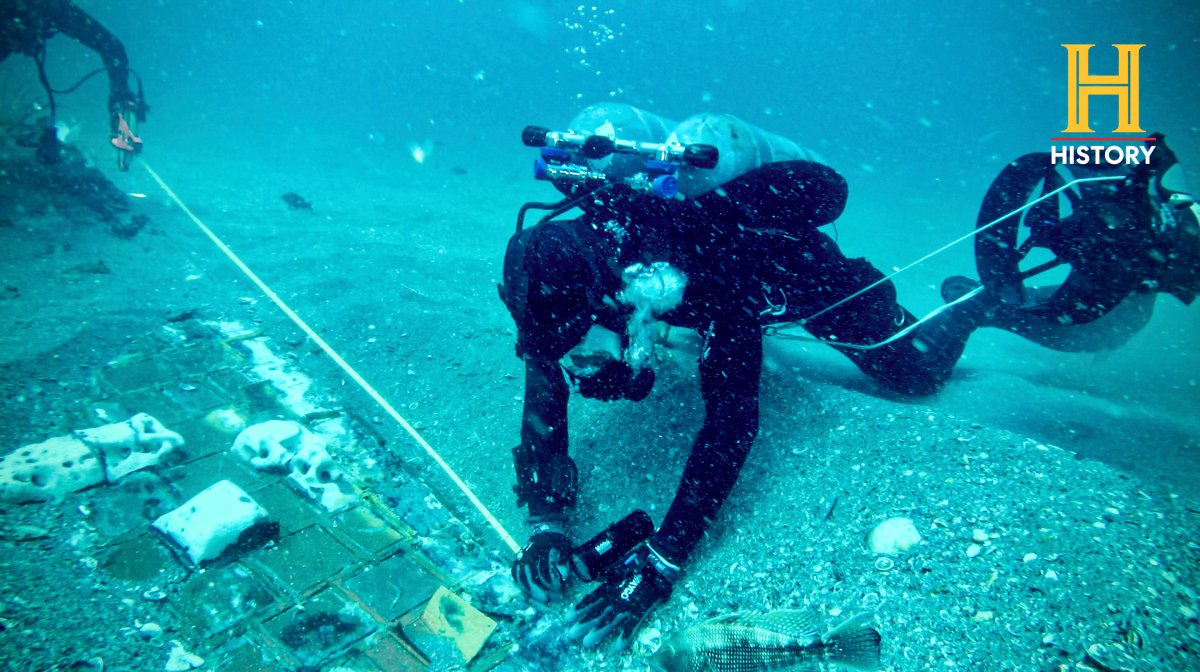Divers for a History Channel documentary have found a large section of the destroyed space shuttle Challenger, NASA says.

In a news release Thursday, the American space organization announced a large section of the destroyed space shuttle was discovered buried in sand at the bottom of the Atlantic Ocean. The discovery comes more than three decades after the space shuttle exploded, killing a teacher and six others.
“Of course, the emotions come back, right?” said Michael Ciannilli, a NASA manager who confirmed the remnant’s authenticity.
When he saw the underwater video footage, “My heart skipped a beat, I must say, and it brought me right back to 1986 … and what we all went through as a nation.”
The finding is the first remnant to be discovered since two fragments from the left wing washed ashore in 1996, Ciannilli said.
Divers for the documentary first spotted the piece in March while looking for wreckage of a Second World War plane. NASA verified through video a few months ago the piece was part of the Challenger shuttle that broke apart shortly after liftoff on Jan. 28, 1986. All seven on board were killed, including the first schoolteacher bound for space, Christa McAuliffe.
The footage made for “pretty clear and convincing evidence,” Ciannilli said.
The piece is roughly 4.5 metres by 4.5 metres, but is believed to be bigger because part of it is covered with sand. Due to the square thermal tiles on the piece, it’s believed to be from the shuttle’s belly, Ciannilli said.

The fragment remains on the ocean floor just off the Florida coast near Cape Canaveral as NASA determines the next step. It remains the property of the U.S. government, and the families of all seven Challenger crew members have been notified.
“We want to make sure whatever we do, we do the right thing for the legacy of the crew,” Ciannilli said.
About 107 metric tons of Challenger debris have been found since the accident, representing about 47 per cent of the entre shuttle including parts of the two solid-fuel boosters and external fuel tank.
Most of the recovered wreckage remains buried in abandoned missile silos at Cape Canaveral Space Force Station, except for a left side shuttle panel that is on display at Kennedy Space Center’s visitor complex. It sits alongside the charred cockpit window frame from shuttle Columbia, which broke apart over Texas during reentry in 2003, killing seven astronauts.
Launched on an exceptionally cold morning, Challenger was brought down by eroded O-ring seals in the right booster. A History Channel documentary detailing the latest Challenger discovery premiers Nov. 22.
— With files from The Associated Press






Comments